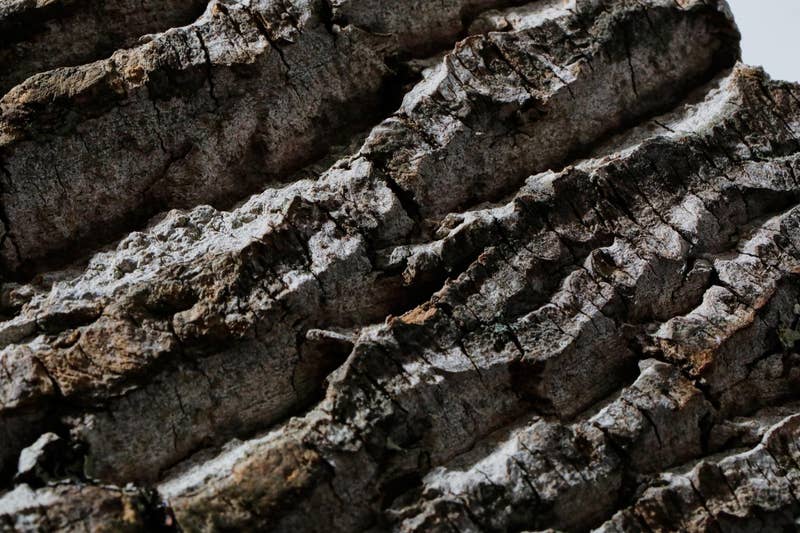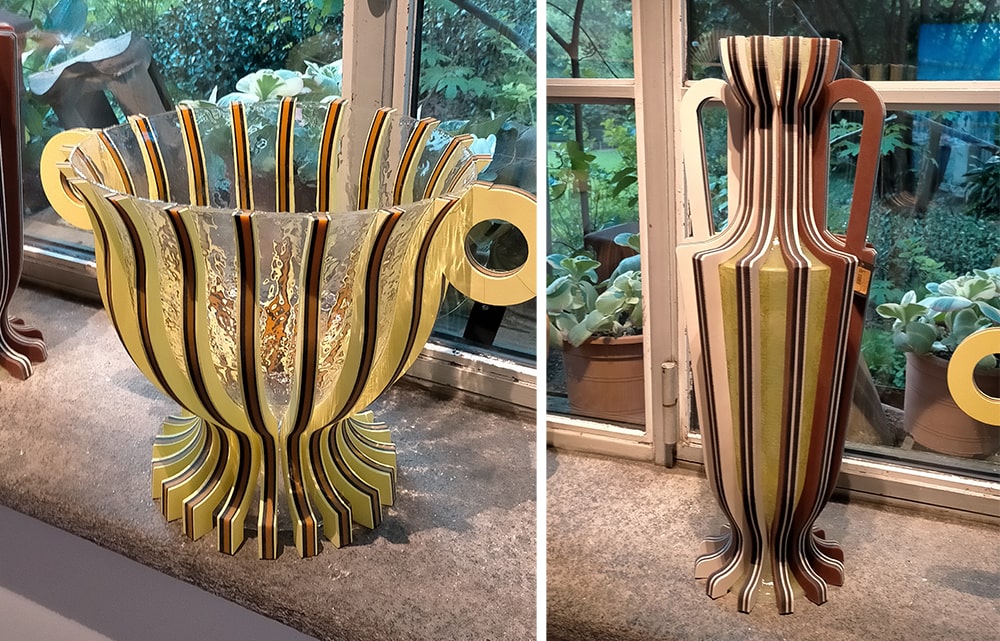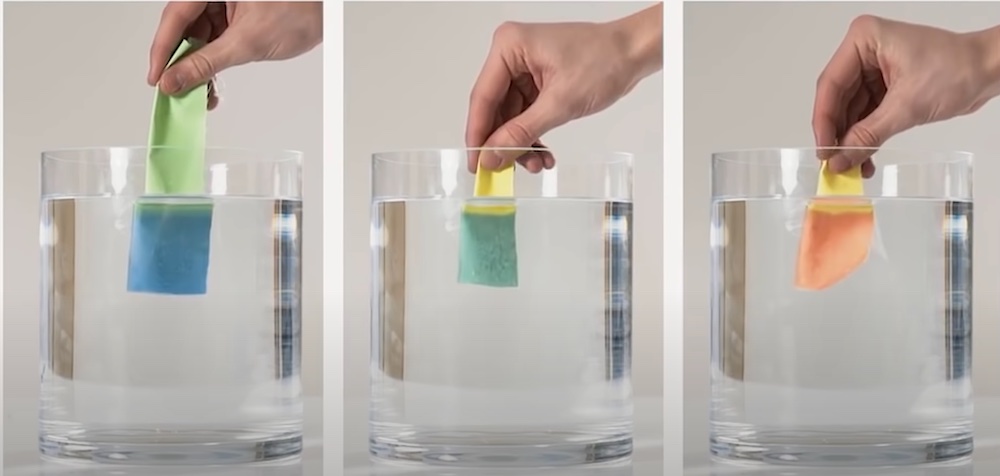
Colour Changing Materials: Summer vibes come alive
Colour changing materials have already been on the market for a while. Recent developments in technology and manufacturing processes have helped widen the field of application for these materials, ranging now from casual consumer products up to the textile and fashion industry.


Image by Pexels
The so called “chameleonic” behaviour of materials is caused by the nature of some pigments that are commonly deposited on the surface. These pigments might react to exposure to UV light, to heat, or liquids, and are thus called photochromic, thermochromic or hydrochromic respectively.
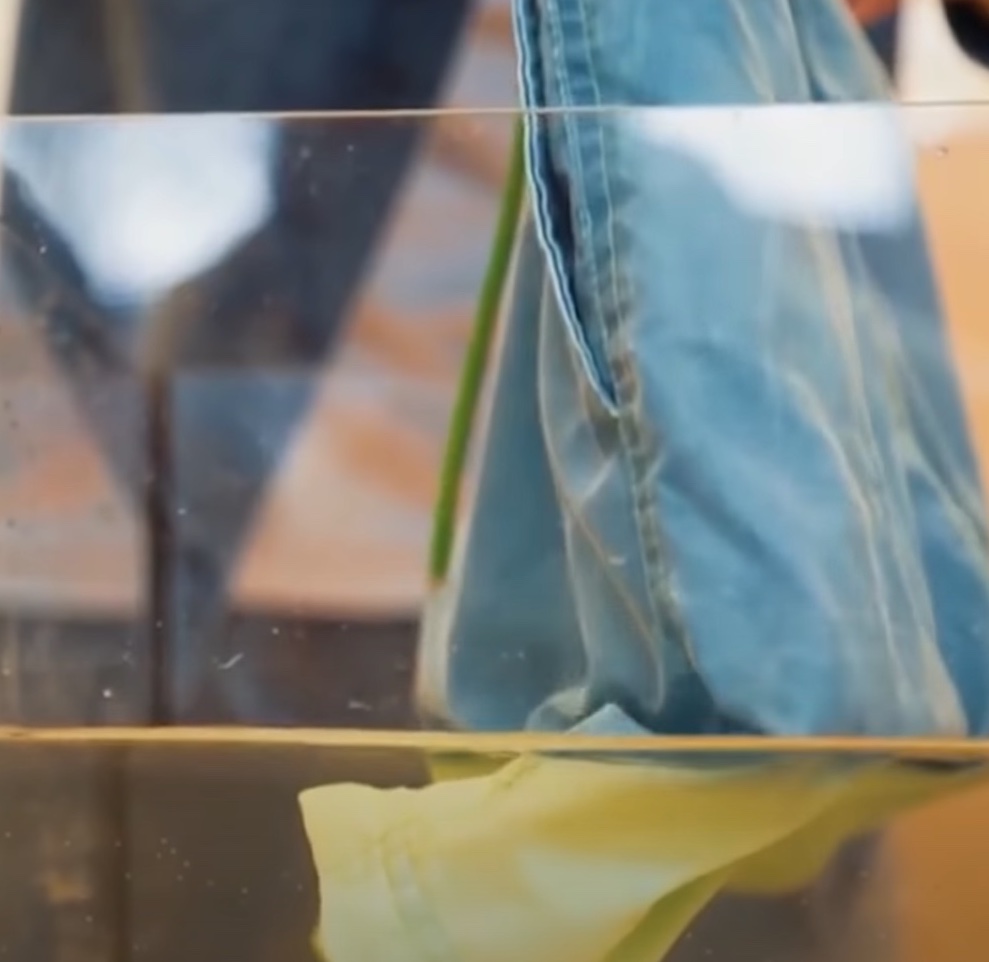
Image by Youtube
Technically speaking, the material’s surface is generally coated with a film containing the reactive pigment, that when exposed to the reactive element reacts by “fading” away revealing the underlying original colours or surface. These films can be applied continuously or locally within a defined geometry to create patterns or images
One of the main challenges in the industry has been stabilizing the compounds responsible for the reactive effect, and making the reaction reversible.
Photochromic pigments are for example now implemented in colour-changing shoes from well-known commercial brands and provide new colouring patterns to the product when exposed to sunlight.
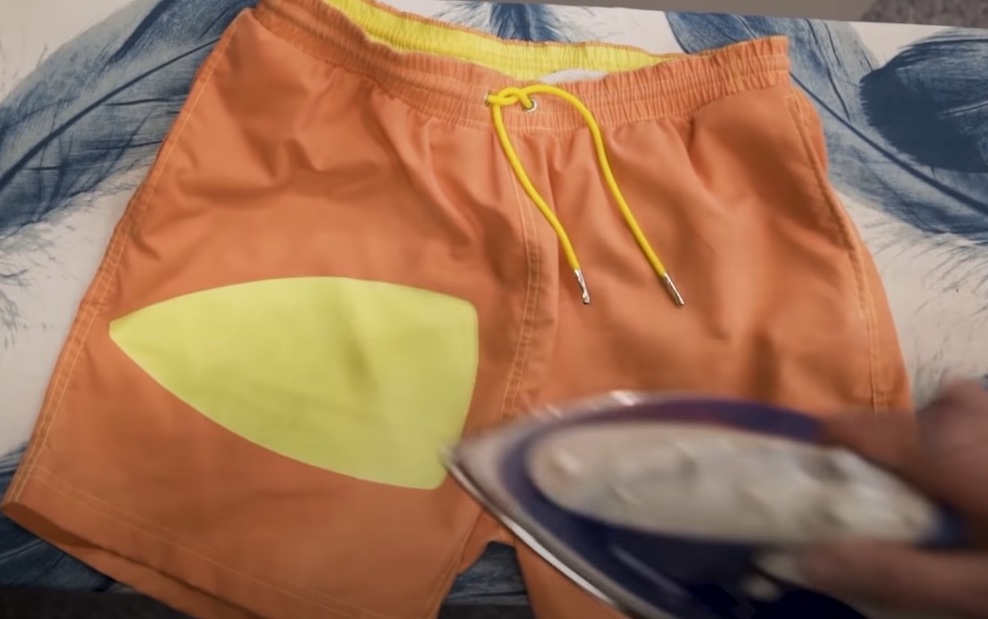
Image by Youtube
Development in implementation in textiles has also made it possible to create new “hydrochromic” fabrics, that have been recently used to manufacture water-reactive swimsuits, capable of changing colour when in contact with water and to restore the original tone when dried. Just the right solution to push even further our long-year awaited summer fun!
Discover thermodynamic materials within the Material ConneXion Library. Contact us to find out how to log in.

